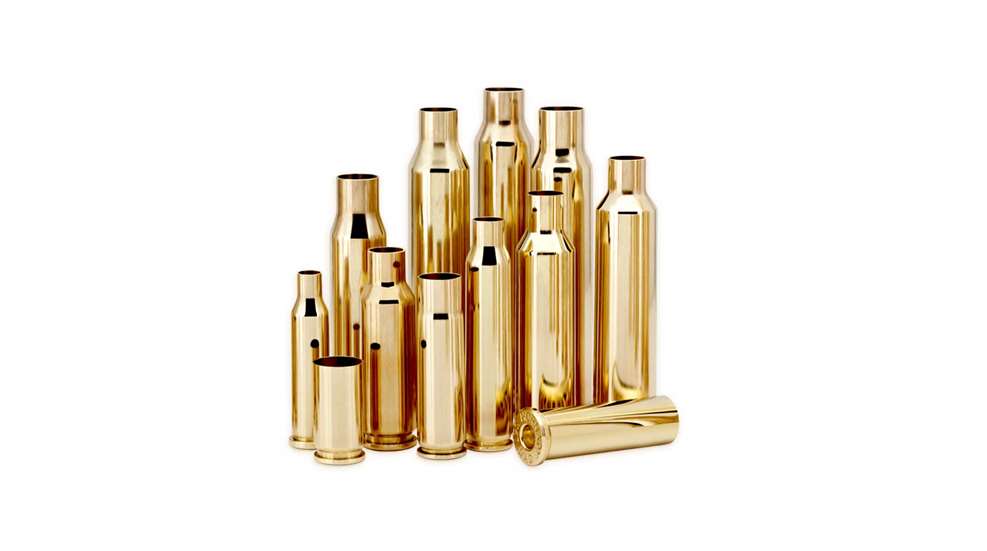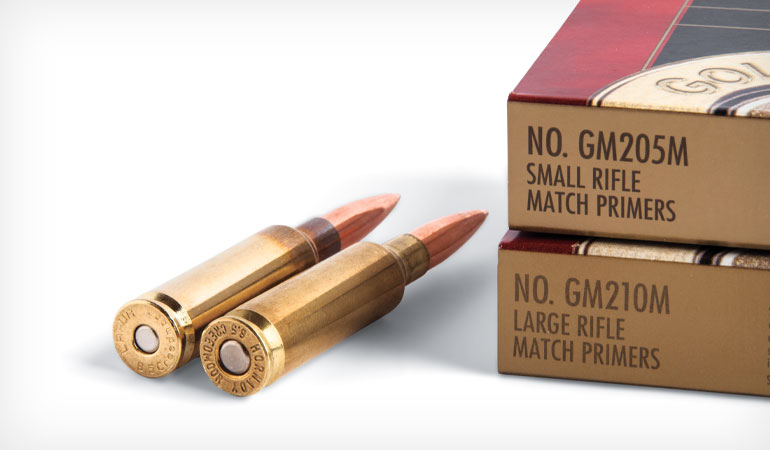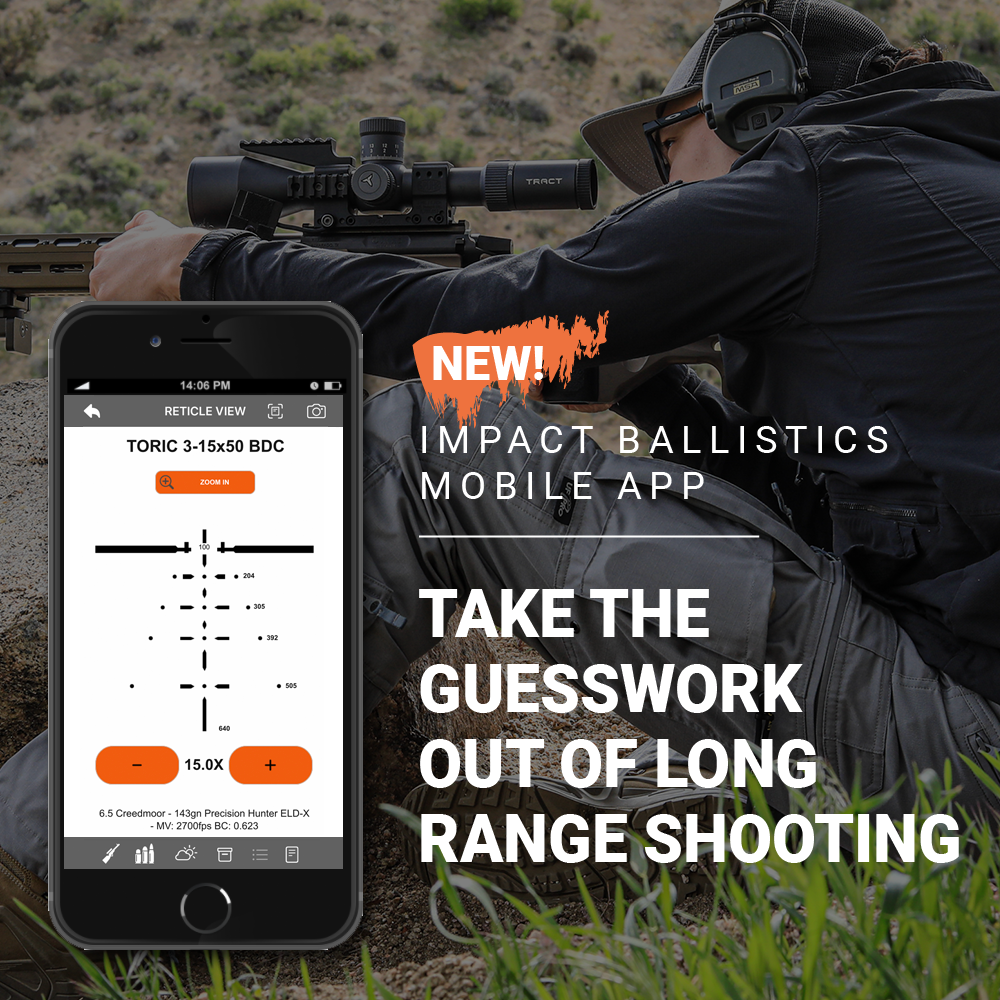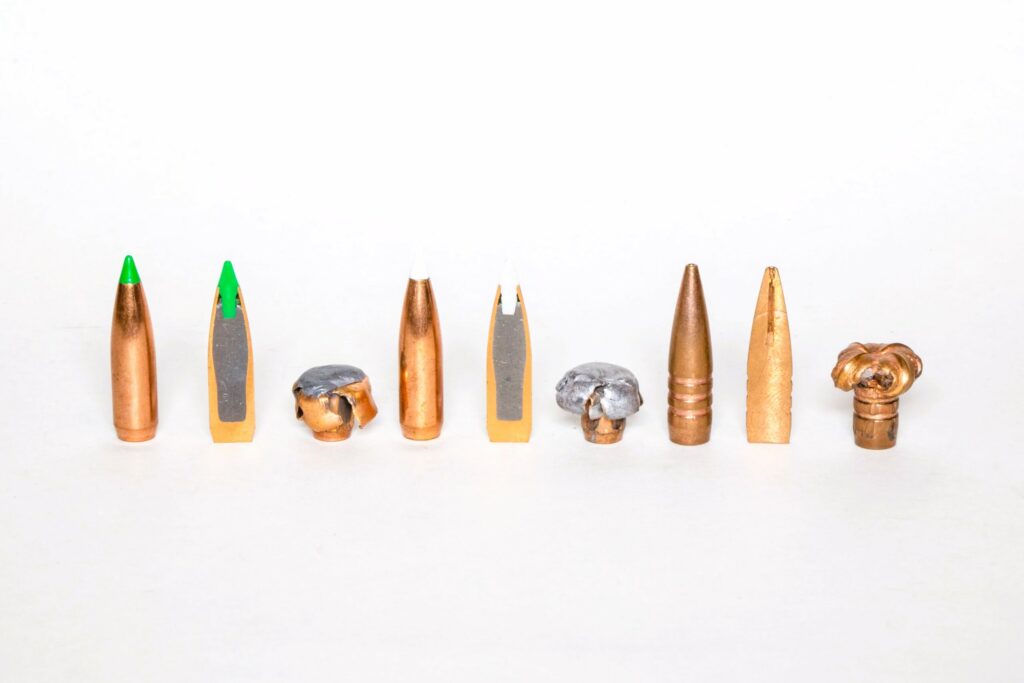The basic parts of ammunition come down to four key components: the casing, primer, powder, and a bullet.
Ammunition is far more than just a hunk of metal that makes a loud noise. In fact, a rifle round is a complex assembly of multiple components that work together to deliver immense power, performance, and accuracy. Whether hunting, competing in a shooting match, or practicing at the range, knowing the basic parts of ammunition is pretty important.
In this article, we will dive into the basic parts of ammunition and how they work together to create reliable and repeatable shots on target. So, buckle up and get ready for a ride through the rifle round.
The Casing
The backbone of a rifle round is the casing. This is the outermost part of the ammunition and holds all the other components together. Most rifle casings are made of brass, which is a combination of copper and zinc. Brass is generally used for its durability and capacity for withstanding the high pressures of a miniature explosion without deforming.

Steel, aluminum, and even plastic can also be used as alternatives to brass. But all serious shooters and reloaders will tell you that brass is the tried-and-true prime choice. Additionally, most rifle casings are reusable and can be reloaded multiple times before they need to be discarded.
The anatomy of a rifle casing consists of four parts: the base, body, neck, and mouth. The base holds the primer which ignites the gunpowder when struck by the firing pin. The body holds the gunpowder, while the neck holds the bullet in place and prevents it from falling out and dumping out the propellant. The mouth is the hole at the end of the neck where powder is poured in reloading and the bullet exits when the round is fired.
Pursuit of Accuracy shows us how to test rimfire ammo.
The Primer
The primer is a small, circular component located on the bottom of the casing. When a shooter pulls the trigger, the rifle’s spring-loaded firing pin is released and strikes the primer. The primer then releases a spark inside of the casing that ignites the gunpowder, creating a small explosion. The pressure of that explosion will seek the weakest place to exit the barrel’s cavity and it’s those expanding gasses that propel the bullet forward out of the barrel.

Primers are made by housing chemical compounds inside of tiny, metal cups. When the outside of the primer is struck, these chemicals ignite and create the spark, which is forced out of the back of the cup and into the powder reservoir.
The Gunpowder
Gunpowder is also referred to as propellant or simply just “powder.” It is the fuel that powers the explosion that forces the bullet out of the barrel. It is made up of a mixture of chemicals and can vary in composition depending on the type of ammunition. Reloaders should test different powders and quantities (measured in grains) to determine the best powder type and weight for their particular load, rifle, and application.
The most common type of gunpowder used in rifle ammunition is smokeless powder, which in powder terms is the opposite of the black powder used in muzzleloaders, muskets, and old western movies. Black powder creates a noticeable cloud that is difficult to see through until the smoke clears. Conversely, smokeless powder creates no cloud and is the type of powder used in all modern ammunition. This type of powder burns slowly and evenly, which helps to create consistent and accurate shots.
The Bullet
Perhaps the most recognizable component of ammunition is the bullet. It is the projectile that is propelled out of the barrel and towards its intended target. The bullet is seated in the neck of the casing, and the casing is clamped down to hold the bullet in place.
Bullets are either “expanding” or full metal jacket. Expanding rounds are cast with a lead core surrounded by a jacket, which is often made of copper. A small hole is usually left on the tip of the bullet so it will peel backward like a banana on impact.
Bullet manufacturers can also achieve the same effect by leaving some of the lead tip exposed rather than completely coating it in copper. The peeling, or “mushroom,” will then tumble, creating a larger wound cavity in organic material. The larger wound channel leads to a faster and more ethical kill. Because of this, expanding rounds are more commonly used in hunting.
Higher-end rounds will also add a soft, plastic tip on the end of the bullet to increase aerodynamics in flight. On impact, the plastic tip falls away, and the exposed nose can mushroom in the same manner as un-tipped bullets.
Full metal jacket ammunition also uses a hard, gilded metal (also usually copper) around a soft, inner core, but none of the inner core is left exposed. The bullet is completely covered by the outer metal, hence the name, “full metal jacket.”
FMJ bullets do not expand upon impact and usually are less likely to tumble. They are also significantly less expensive than expanding rounds and are primarily used in target shooting and military applications since expanding rounds are banned through the Geneva Convention.
Basic Parts of Ammunition
We have come to the end of our journey through the basic parts of ammunition. By now, you should be able to identify and appreciate the four components that make up a rifle round: the casing, primer, powder, and bullet. Use each to experiment in loading your own rounds, thus expanding your own knowledge and experiences.



